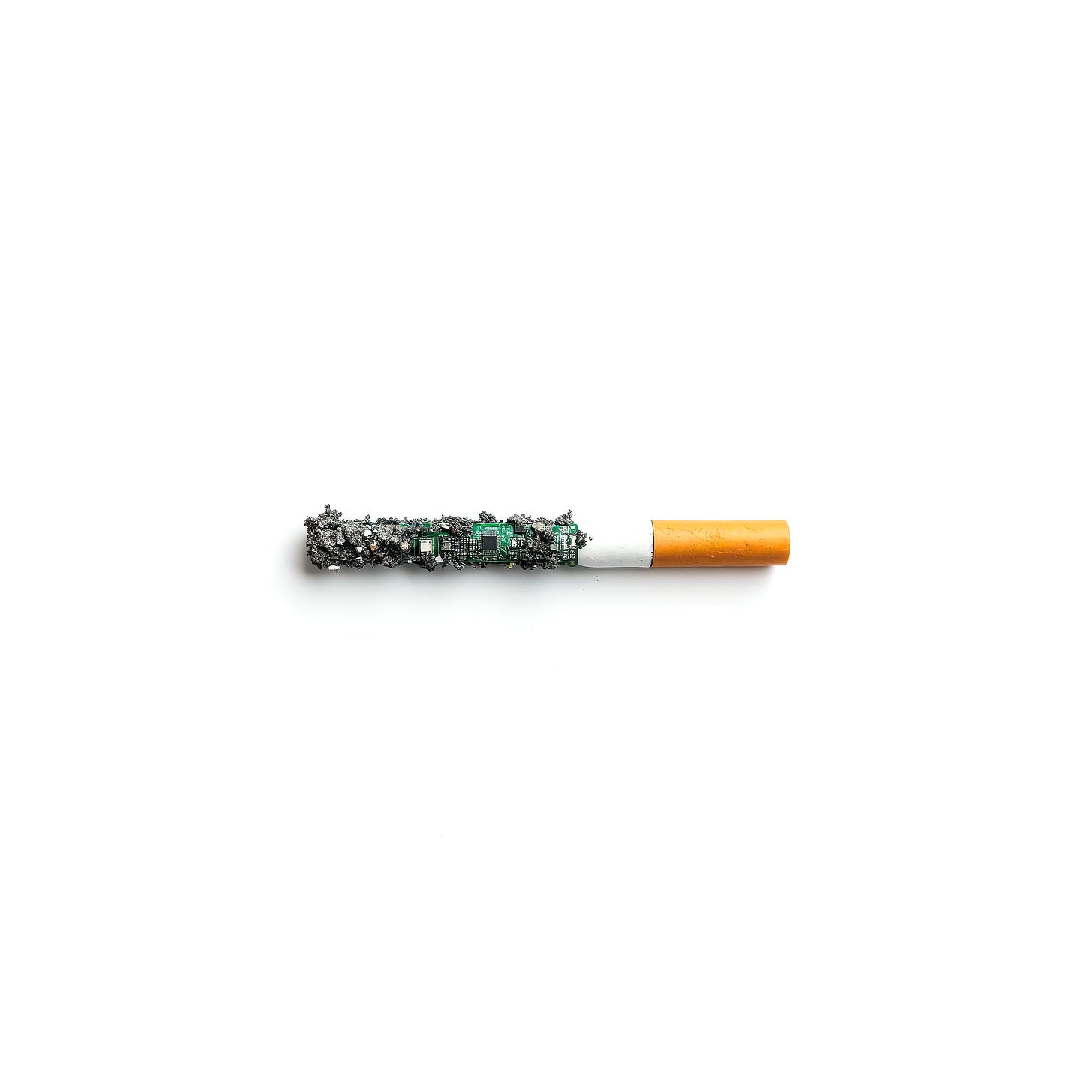Experience Something Heavy
We’re consuming more than ever, but it barely leaves a mark.
A few months ago,
wrote a piece called Make Something Heavy.It got a lot of love on Substack and Twitter, and for good reason!
Her core message was clear: in a world of quick hits and fleeting content, strive to create something heavier. Not just another disposable tweet or TikTok, but something that stands the test of time.
Anu points out how we instinctively associate weight with value—heavy things feel meaningful and built to last.
But online, that instinct disappears. The internet rewards speed and volume over depth. Even great work gets reduced to disposable units that we scroll through.
As a creator, that idea resonated easily: make things that are heavier than a hook or highlight.
But it also made me think about the other side of the equation: what it means to consume more heavy things.
We rarely consider our responsibility as an audience.
How do we slow down long enough to truly feel something meaningful?
The Scrolling Problem
We’ve trained ourselves to consume everything lightly.
We scroll, double-tap, maybe leave a comment, and quickly move on—even from modern masterpieces.
Artist
captured our technology and consumption addiction beautifully and succinctly with this piece and paired write-up.A quick dopamine hit. Bad for you and unsatisfying.
And yet we keep lighting the next one.
As a result, every piece of art, no matter the weight, gets flattened into one, catch-all word: content.
Even great art today has to play by social media’s rules.
Modern masterpieces are reduced to a Reel or tweet.
I wrote a little bit about this flattening a while back in The Beholden Ratio—how everything gets funneled into the same 9:16 format.
But good work deserves better.
It deserves to be experienced on its own terms.
Heavyweight vs. Lightweight
Last week, I read Flowers for Algernon, a novel about a man who undergoes an experimental procedure to increase his intelligence.
It was gripping. It’s stuck with me. It sparked a ‘lil conversation.
Compare that to the hundred reels I scrolled past this week—none of which I even remember.
Tl;dr: It felt good to invest the time and read a damn book.
Heavy things linger. They shape memory and conversation.
Lightweight content vanishes in an instant.
Escaping Doomscrolling
To experience something heavy, we need to disrupt our habit of consuming light things:
Consume deliberately: Commit to reading a book, start to finish. Watch a full-length film without distractions.
Experience physically: Go to a museum or gallery. Read the quote cards. Take your time.
Slow. The Fuck. Down: Carve out dedicated time to experience heavy work without notifications or multitasking.
These heavy experiences aren't always convenient.
But convenience shouldn’t always be the goal.
Impact is.
Anu is right, we should all strive to make something heavy.
But the only way to feel the weight of someone’s work is to break the scroll and go experience it fully and in earnest.
We owe it to the creators.
Slow Ride, Take It Easy
The question isn’t just if people are making heavy things.
It’s whether we, as consumers, are still willing to experience something that asks more of us than a few moments in our feeds.
Heavy things aren’t forgotten—they’re remembered, revisited, and reshared.
They stick.
So this week, what’s the heavy thing you’ll slow down for?
Pick one. Seriously.
Even if it’s just an old film you’ve already seen—give it your full attention.
A few hours of something heavy is better than a week full of noise.
What I Did This Week — Maintenance
This week was for personal and professional maintenance, with a bit of time for some fun projects.
I traveled to Michigan for a wedding and to spend some time with my girlfriend and her parents. It was a week of good food, conversations, and snoozin’.
I also had the chance to squash a few bugs with Ahoy and plan ahead with upcoming projects. Feeling really confident moving forward.
Something Beautiful — Schematics
Product designer
shared two posts that highlighted different, more technical drawings.The first was a set of beautiful data visualizations from Ivan Kamzyst, really nicely drawn and highlighting how elegant a simple graph can look.
The second set Alicia shared was Kenichi Yamazaki’s art that resembles fantastical blueprints.
A beautiful marriage of a technical style with a creative flair.
Thanks for sharing, Alicia!



Thanks for sharing!
books are heavy!!! yes!!!